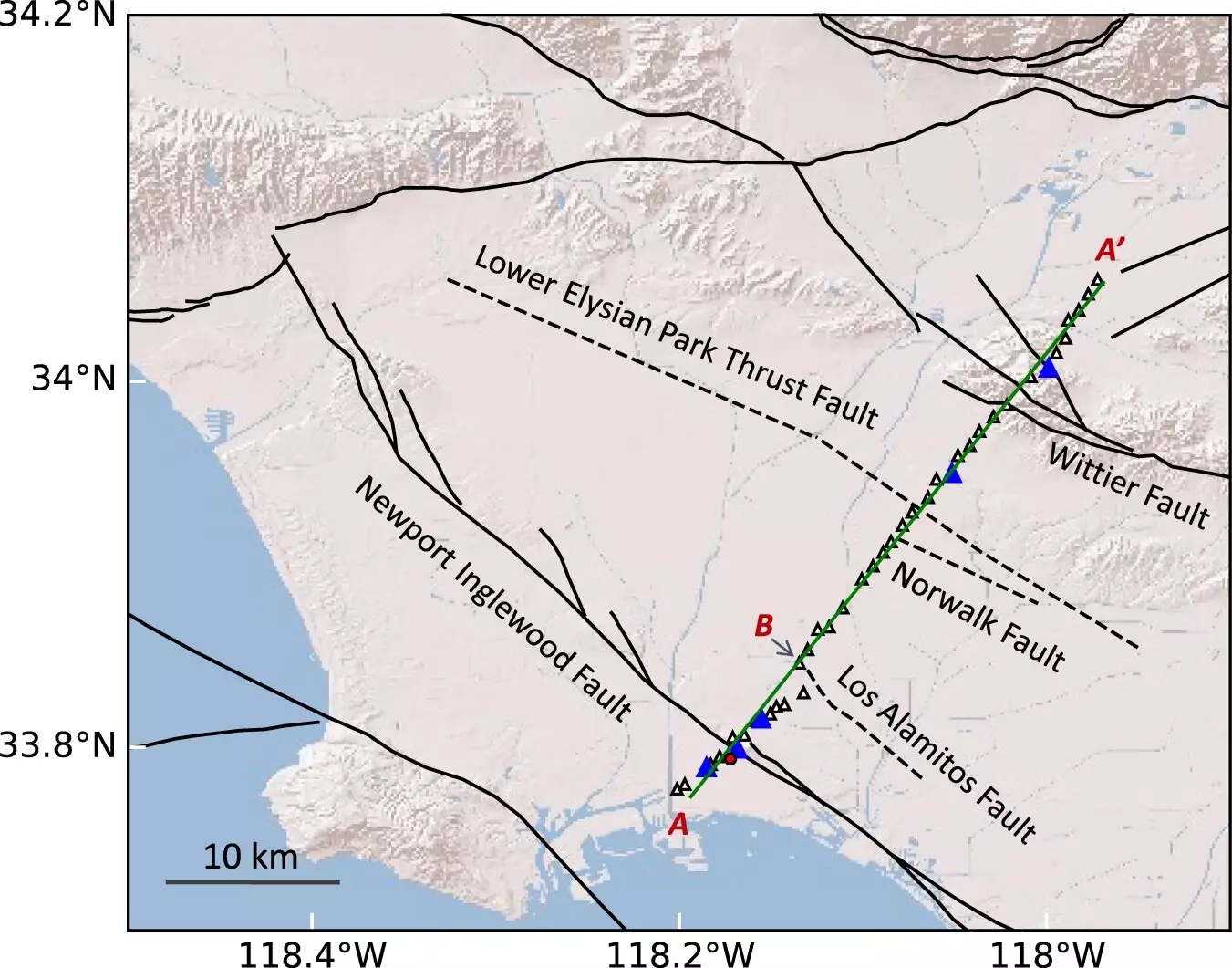A team of international scientists, spearheaded by Dr. Xin Liu from The University of Hong Kong (HKU), has recently introduced a groundbreaking method known as ambient noise differential adjoint tomography. Dr. Liu, along with seismologists from the United States and China, has developed this technique to enhance the visualization of rocks with fluids. The potential for this method to revolutionize the discovery of water and oil resources, as well as its applications in urban geologic hazard assessment and early warning systems for tsunamis, has garnered attention from the scientific community. In this article, we will explore the key findings and implications of this research.
Ambient noise differential adjoint tomography utilizes seismometers, a portable instrument, to record the Earth’s natural vibrations. This cost-effective and straightforward approach allows researchers to study areas in both cities and oceans. Seismometers record ground motion in three dimensions: up-down, north-south, and east-west. For this study, 42 seismometers were strategically placed across the Los Angeles basin, from Long Beach to Whittier Narrows.
Upon analyzing the data collected from the seismometers, the researchers made a fascinating discovery. Rocks located approximately 1-2 km beneath the surface near the Newport-Inglewood Fault, a fault known for causing earthquakes, exhibited a significant presence of fluids. These rocks contained tiny holes filled with fluids, offering a potential explanation for the occurrence of small earthquakes in Long Beach, California. The abundance of fluids in these tiny holes reduces friction along the fault plane, facilitating easier sliding of the two rock blocks on either side and generating small seismic events.
One of the most significant implications of ambient noise differential adjoint tomography is its potential to revolutionize resource exploration. Traditionally, the process of finding groundwater aquifers or deep fluid reservoirs relied on expensive drilling and seismic surveys with loud artificial sound, which were environmentally unfriendly. However, this novel technique allows researchers to create images of the ground covered by seismometers, shedding light on the speed at which seismic waves travel through different regions. Areas with significantly slower seismic wave velocity at the same depth may indicate the presence of fluids, including water and oil. This non-invasive approach eases the burden of expensive drilling, making resource exploration more efficient and cost-effective.
In addition to resource exploration, ambient noise differential adjoint tomography has various applications in urban settings and the deep ocean. By deploying a series of land seismometers in urban areas and installing Ocean Bottom Seismometers (OBS) on the seafloor, detailed images of the ground can be created. These images provide essential information about the locations of loose soil/sediments and fluid-bearing rocks, which directly correlate to regions with slow seismic wave velocity. Such detailed information aids in assessing urban geologic hazards and implementing early warning systems for tsunamis.
The introduction of ambient noise differential adjoint tomography by Dr. Xin Liu and his team of international scientists represents a monumental breakthrough. This innovative method offers the potential to transform the discovery and utilization of water and oil resources, bolster urban safety measures, and enhance our understanding of the environment. The impact of this scientific breakthrough spans from efficient resource exploration to effective disaster preparedness, ultimately contributing to sustainable environmental management practices. As we move forward, it is clear that this groundbreaking technique holds tremendous promise for a better future for all of us.


Leave a Reply